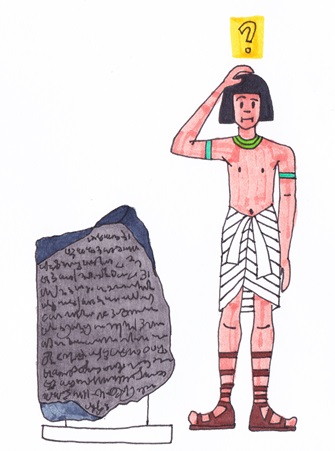

Most questions let you tap or click on the Spanish word to translate it in case you get stuck. Duolingo translates from English to Spanish and back again. You'll choose which picture - paired with the Spanish translation - accurately describes basic phrases and words. It's an easy app to test the metaphorical waters because it doesn't require you to create an account right away.įor example, even if you start with little to no understanding of Spanish, the lessons are pretty gentle. I use Duolingo to keep up with Spanish and German. The app doesn't restrict how many languages you can try to learn at the same time (personally, I think two is a good maximum if you want to retain anything), or how many lessons you can complete in one day, even on the free version. So the question is - which one to try first? DuolingoĪs a regular Duolingo user, I enjoy the app's simple, colorful interface and short, game-like exercises. You also don't have to choose between the two. When you sign up for either service, the app asks you why you want to learn the new language and what level you're starting at.

Users can pick from multiple languages broken up into short lessons. But how do you choose which one will work best for your learning style?ĭuolingo and Rosetta Stone both offer versions for online and mobile use.

Of the multiple language apps available, these are the two that come to mind first for many people. If you've embarked on a journey to learn a language (in or out of school), odds are you've come across Duolingo or Rosetta Stone. Having a language lesson on your phone can make it more motivating to learn.


 0 kommentar(er)
0 kommentar(er)
